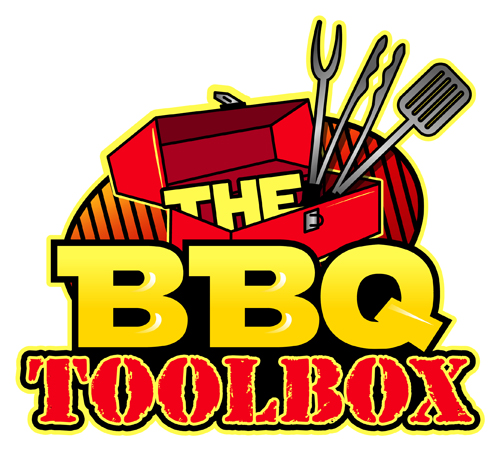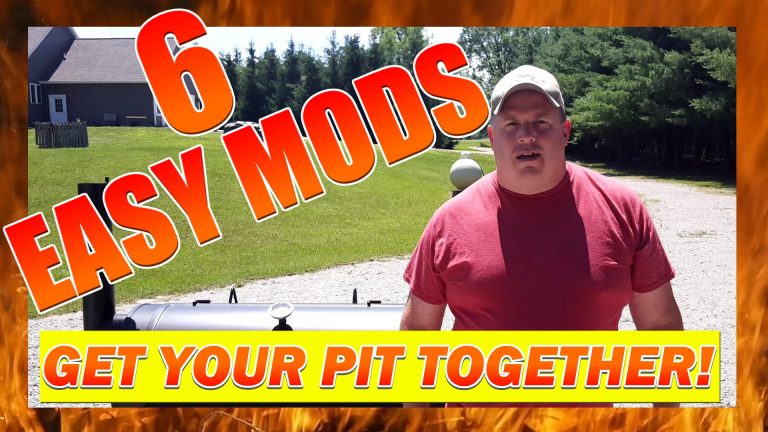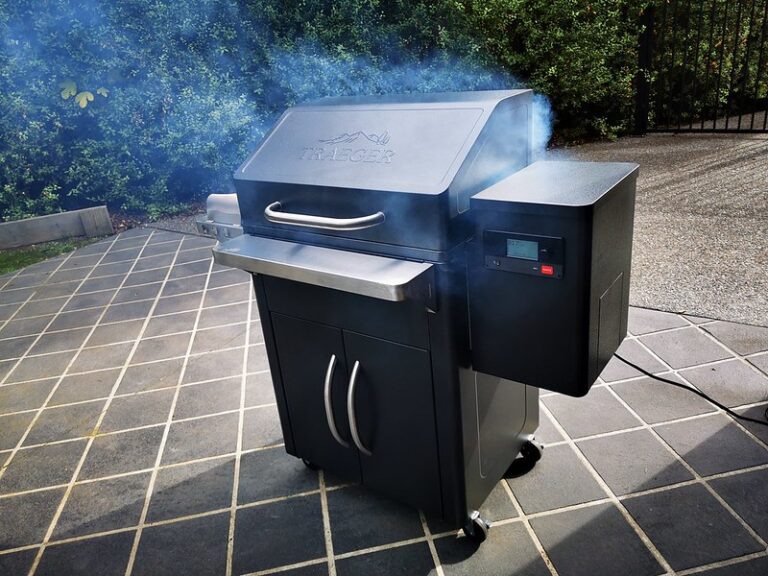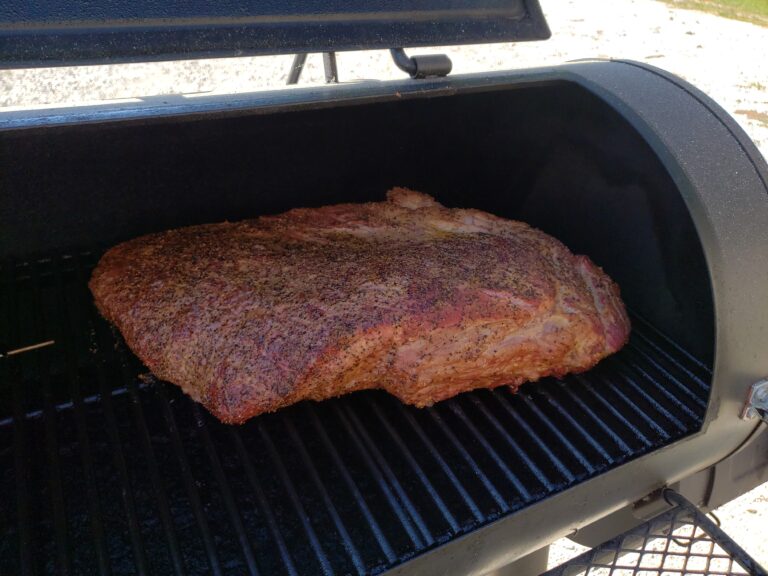Best Wood for Smoking Beef Brisket: Beginner’s Guide to BBQ Success
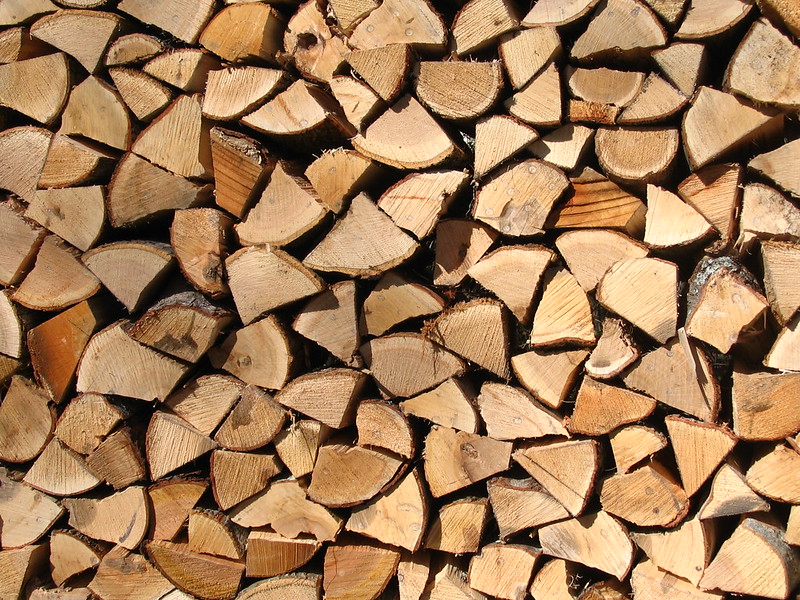
What Makes the Best Wood for Smoking Beef Brisket?
Choosing the best wood for smoking beef brisket can make or break your BBQ experience. For beginners, selecting the right wood is crucial for achieving a perfect balance of smokiness, tenderness, and flavor. In this guide, we’ll explore top wood types like hickory, post oak, and fruit woods, and discuss how regional wood selection can enhance your brisket. With personal tips and regional insights, you’ll learn how to create mouthwatering, flavorful brisket every time. Let’s embark on this journey to mastering the art of smoking brisket with the best wood choices available.
Best Wood for Smoking Beef Brisket
Choosing the right wood for smoking brisket is essential for achieving the perfect smoky flavor. Different woods impart unique tastes and aromas, making the selection process both exciting and crucial. In this section, we’ll explore some of the top woods used by BBQ enthusiasts and professionals alike. Each wood type offers distinct characteristics that can enhance the flavor of your brisket in unique ways.
Oak (my personal favorite)

Characteristics and Flavor Profile
Oak wood is a popular choice among BBQ aficionados for its versatile and well-balanced wood flavor. It provides a medium to strong smoky flavor that doesn’t overpower the meat, making it ideal for long smoking sessions. Oak burns evenly and produces a consistent smoke, ensuring your brisket absorbs just the right amount of smokiness.
Best Uses and Pairings
Oak is particularly well-suited for smoking beef brisket due to its robust flavor. It pairs well with other woods like apple or cherry to add a hint of sweetness to the smoky flavor. Whether you’re using a charcoal grill, offset smoker, or pellet grill, oak wood is a reliable choice for achieving that classic BBQ taste.
Hickory
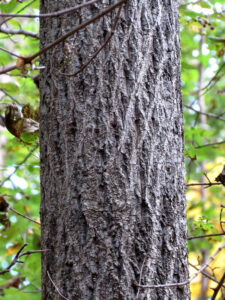
Flavor Intensity and Aroma
Hickory wood is known for its strong, bold flavor, often described as the quintessential BBQ taste. It adds a hearty, smoky flavor to the brisket, reminiscent of bacon. Hickory’s intense aroma and flavor make it a favorite among those who love a robust smoke.
Tips for Using Hickory Effectively
To prevent overpowering your brisket, consider mixing hickory with milder woods like oak or fruit woods. This combination will provide a balanced flavor profile. Additionally, use hickory in moderation to avoid a bitter taste. Hickory wood chunks or chips work best for a slow and steady smoke.
Mesquite
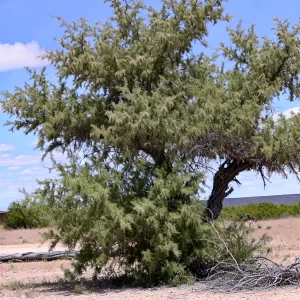
Unique Flavor and Regional Significance
Mesquite wood is known for its strong, earthy flavor, which can be quite intense. It is especially popular in Central Texas BBQ and is often used to smoke brisket. Mesquite wood imparts a potent and distinctive smokiness, infusing brisket with a robust and unique taste profile. It has a slightly sweet undertone and is associated with Texan and southwestern flavors, making it a fitting choice for brisket enthusiasts exploring regional barbecue traditions. Mesquite burns hot and fast, so it requires careful attention during the smoking process.
Cautions and Best Practices
Due to its potency, mesquite wood is best used sparingly or in combination with other milder woods. This helps to avoid an overly bitter taste. Keep a close eye on the temperature and smoking time when using mesquite to ensure a well-balanced flavor.
Pecan
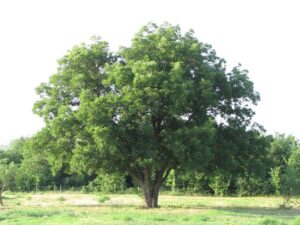
Nutty Flavor Profile
Pecan wood offers a milder, nutty flavor that complements the rich taste of brisket. It produces a sweet, smoky flavor that is less intense than hickory or mesquite wood, making it a great choice for those who prefer a subtler smoke. Pecan wood adds depth to the brisket’s flavor with its mild smokiness and delicate nuttiness, enriching the meat’s taste profile.
Combining with Other Woods
Pecan wood pairs well with stronger woods like hickory or oak, adding depth and complexity to the wood flavor. It’s a versatile wood that can be used alone or mixed with others to achieve the desired taste.
Fruit Woods (Apple and Cherry)
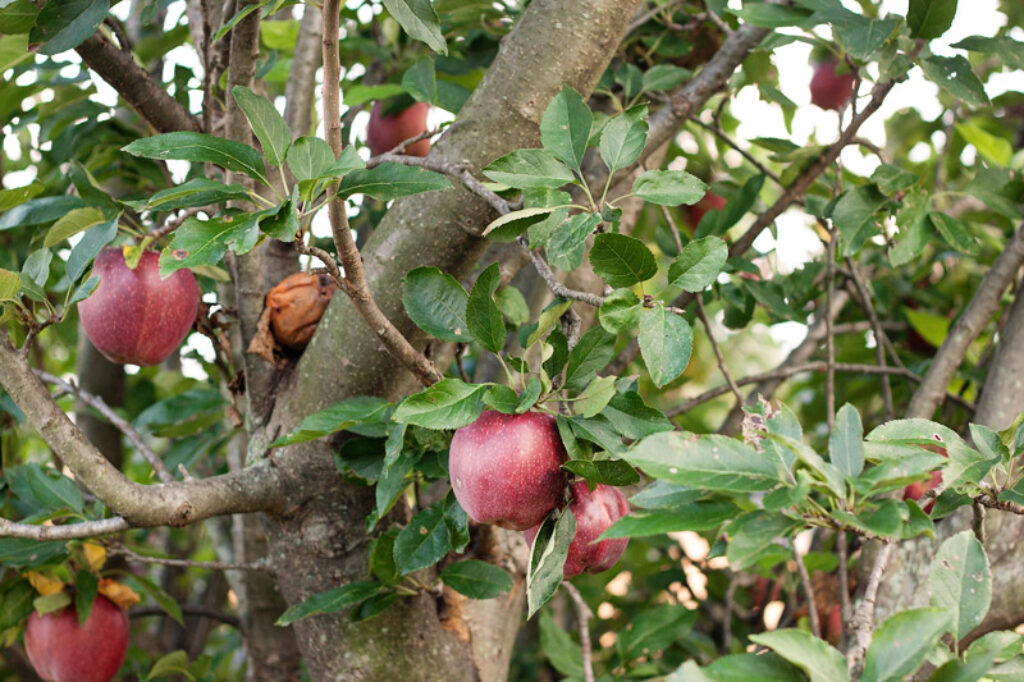
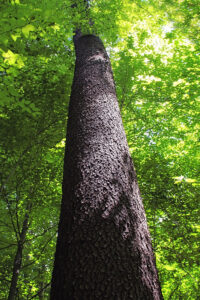
Mild and Sweet Flavors
Apple and cherry woods are known for their mild, sweet flavors. They produce a light, fruity smoke that enhances the natural flavors of the brisket without overpowering it. These woods are perfect for those who enjoy a more delicate smoky taste. Using a more mild wood like apple or cherry to mix with stronger wood pellet flavors like oak or hickory when smoking brisket on a pellet grill can help achieve a desired smoke flavor.
Ideal Uses and Combinations
Fruit woods are excellent for blending with stronger woods to create a balanced flavor. Apple and cherry work well with hickory or oak, adding a subtle sweetness to the robust smoky flavor. They are ideal for long smoking sessions and provide a beautiful color to the brisket’s bark.
Wood Combinations for Complex Flavors
Creating the perfect smoked brisket often involves experimenting with different wood combinations to achieve a complex and unique flavor profile. By blending various types of wood, you can enhance the depth and richness of the smoke, tailoring it to your taste preferences. Here are some popular wood pairings and tips for experimenting with combinations.
Popular Wood Pairings
Wood Type | Flavor Profile | Combination Suggestions |
Oak | Medium to strong smoky flavor, well-balanced | Pairs well with apple or cherry |
Hickory | Strong, bold, bacon-like flavor | Mix with milder woods like oak or fruitwoods |
Mesquite | Strong, earthy, intense flavor | Use sparingly or combine with milder woods |
Pecan | Mild, sweet, nutty flavor | Combine with stronger woods like hickory or oak |
Apple | Mild, sweet, fruity flavor | Works well with hickory or oak |
Cherry | Mild, sweet, fruity flavor | Blend with hickory or oak |
Hickory and Cherry
Flavor Profile: This combination balances the strong, smoky flavor of hickory with the sweet, fruity notes of cherry wood. It creates a robust yet nuanced flavor that complements the rich taste of brisket.
Best Uses: Ideal for those who enjoy a pronounced smoky flavor with a hint of sweetness. This pairing works well for long smoking sessions.
Oak and Apple
Flavor Profile: Oak provides a solid smoky base while apple adds a mild, sweet, and fruity flavor. This blend offers a well-rounded taste that enhances the natural flavors of the brisket without overpowering it.
Best Uses: Perfect for beginners who want a balanced smoke that isn’t too intense. This combination is versatile and suits various smoking methods.
Pecan and Mesquite
Flavor Profile: Pecan’s sweet, nutty flavor pairs well with the strong, earthy taste of mesquite. This blend creates a complex and bold flavor profile that adds depth to the brisket.
Best Uses: Best suited for those who enjoy a strong, distinctive smoky taste. Use this combination sparingly to avoid bitterness, especially with mesquite.
Tips for Experimenting with Combinations
Start Small: Begin with small amounts of each wood to understand their individual flavors and how they interact. This will help you find the right balance without overwhelming the meat.
Adjust Ratios: Experiment with different ratios of woods to fine-tune the flavor. For instance, using more cherry than hickory will result in a sweeter smoke, while the reverse will make it smokier.
Take Notes: Keep a log of your wood combinations and the resulting flavors. This will help you replicate successful blends and avoid those that didn’t work as well.
Consider the Meat: Different meats can handle different levels of smokiness. For brisket, a combination of stronger and milder woods often works best to complement its rich flavor.
Test with Different Smokers: Different smokers can produce varying results with the same wood combinations. Experiment with your specific equipment to see what works best.
By experimenting with these popular wood pairings and following these tips, you can discover unique flavor profiles that elevate your smoked brisket. Don’t be afraid to mix and match until you find the perfect combination that suits your taste.
Best Locally Available Woods by US Region
Sourcing local wood for smoking brisket is a cost-effective and sustainable choice. By purchasing wood splits for offset smokers or wood chunks locally, you can save on shipping costs and support regional suppliers. Here’s a brief guide on the best woods available in different regions of the United States.
Region | Post Oak | Hickory | Pecan | Mesquite | Oak (Red & White) | Maple | Apple | Cherry | Almond | Alder |
South | X | X | X | X | ||||||
Midwest | X | X | X | X | ||||||
Northeast | X | X | X | X | ||||||
West Coast | X | X | ||||||||
Pacific Northwest | X | X |
By sourcing your smoking woods locally, you not only save money but also get the freshest, highest-quality wood available. This approach supports local businesses and helps maintain the traditional flavors of regional BBQ styles. Personally, I have been smoking my briskets on an offset smoker using my own locally harvested white oak here in the Midwest. In my opinion, oak is a great wood to use on brisket since it doesn’t overpower the meat when used in a long brisket cook.
Choosing the Right Wood Size
Selecting the appropriate size of wood for smoking brisket is just as important as choosing the right type of wood. The size of the wood affects the burn time, smoke production, and overall flavor profile of your brisket. In this section, we’ll discuss the different wood sizes available and how to match them to your smoker type and brisket size.
Chips vs. Chunks vs. Logs vs. Pellets
Wood Chips
- Variety 6 Pack of Smoking Chips
- Try Western Premium BBQ Products Post Oak BBQ Smoking Chips with these American favorites: Hamburgers, Whole Chicken, BBQ Smoked Wings, or Baby Back or Spare Ribs.
- Use with gas grills, electric smokers, griddles, kettle grills and ceramic grills
Description: Small, thin pieces of wood that ignite quickly and burn fast.
Best Uses: Ideal for short smoking sessions or adding quick bursts of flavor. They are perfect for gas grills and electric smokers.
Pros: Easy to handle, quick to ignite, and readily available.
Cons: Burn out quickly, requiring frequent replenishment.
Wood Chunks
- ALL NATURAL WOOD CHUNKS: These smoking wood chunks are crafted from 100% hardwood without any harsh chemicals. They naturally enhance poultry, pork, beef, seafood, and lamb with a smoky, sweet, and fruity flavor.
- USE WITH CHARCOAL GRILLS AND SMOKERS: Elevate your charcoal grilling endeavors and add new depths of flavor to your smoked dishes with our premium wood chunks. They can be used alongside lump charcoal, on their own, and in your smoker.
- LARGE CHUNKS: Superb flavor comes from natural fire with quality smoke. We’ve carefully selected each of our wood chunks to ensure you get only the biggest pieces for the most satisfying results.
Description: Larger pieces of wood that burn slower and longer than chips.
Best Uses: Suitable for longer smoking sessions and provide a steady smoke. Great for use in charcoal grills, offset smokers, and Kamado-style smokers.
Pros: Longer burn time, consistent smoke production, and less frequent replenishment.
Cons: Slightly harder to ignite compared to chips.
Wood Logs
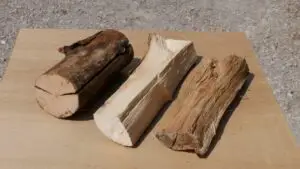
Description: Large logs or splits of wood used primarily in offset smokers and stick burners.
Best Uses: Perfect for long smoking sessions and large cuts of meat like brisket. Logs provide a robust smoke flavor and maintain a steady temperature over extended periods.
Pros: Longest burn time, excellent for maintaining consistent heat, and ideal for traditional smoking.
Cons: Require more space, harder to ignite, and need proper airflow management.
Wood Pellets
- SIGNATURE BLEND WOOD FIRED FLAVOR: The flavors of hickory, maple, and cherry hardwoods combine for in our Traeger Signature Blend Hardwood Pellets for flavor that can take on just about anything you cook; From classic BBQ meats, to fish and veggies, this versatile blend gives you full-bodied flavor you’ll go back to time and time again
Description: Compressed sawdust formed into small, cylindrical pellets. Used mainly in pellet grills.
Best Uses: Ideal for pellet grills, providing consistent and controlled smoke. Great for beginners due to their ease of use.
Pros: Convenient, easy to store, provide consistent smoke, and work well with automated feeding systems.
Cons: Require a pellet grill and may not produce as strong a smoke flavor as chunks or logs.
Matching Wood Size to Smoker Type
Offset Smokers
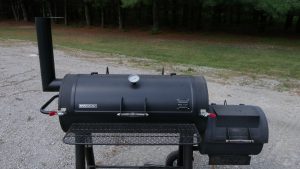
Best Wood Size: Logs and large chunks.
Reason: Offset smokers benefit from the long burn time and steady heat provided by logs. Chunks can be used for additional flavor adjustments.
Charcoal and Kamado Smokers

Best Wood Size: Chunks and chips.
Reason: Chunks offer a longer burn time and consistent smoke, while chips can be used for quick bursts of flavor or to start the fire.
Gas and Electric Smokers
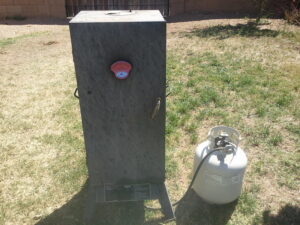
Best Wood Size: Chips.
Reason: Chips ignite quickly and can be easily placed in smoker boxes or directly on heating elements to provide quick and effective smoke.
Pellet Smokers
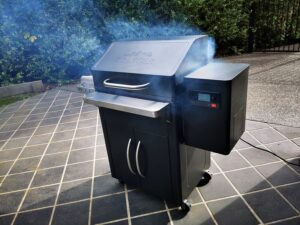
Best Wood Size: Pellets.
Reason: Pellet grills are designed to use wood pellets, which provide a consistent and controlled smoke. They are convenient and perfect for beginners.
Choosing the right wood size ensures that your brisket gets the optimal amount of smoke, enhancing its flavor and tenderness. By matching the wood size to your smoker type and brisket size, you can achieve the best results in your BBQ endeavors.
New to BBQ? Need to buy a smoker? Check out my post on the best starter smokers – Click Here
Tips from Pitmasters
Learning from seasoned pitmasters can provide invaluable insights into the art of smoking brisket. These experts have honed their skills over years of practice, and their advice can help you avoid common pitfalls and achieve delicious results. Here, we’ll share some tips from renowned barbecue experts.
Aaron Franklin
Tip: “Patience is key. Low and slow is the way to go when smoking brisket. Maintain a steady temperature of around 225°F to 250°F for the best results.”
Regional Preference: As a Texas BBQ legend, Franklin often uses post oak for its balanced and consistent smoke, which complements the beefy flavor of brisket without overpowering it.
Check out this YouTube Video Here where Aaron describes what he thinks makes the best wood for smoking brisket
Myron Mixon
Tip: “Keep it simple. Use a basic rub of salt, pepper, and maybe a touch of garlic powder. Let the smoke and the meat shine.”
Regional Preference: Mixon, hailing from the South, frequently uses a combination of hickory and fruit woods like apple or cherry to add a sweet, smoky layer to his brisket.
Tuffy Stone
Tip: “Wrap your brisket in butcher paper once it hits around 160°F internal temperature. This helps retain moisture while still allowing the smoke to penetrate.”
Regional Preference: Stone enjoys using a blend of oak and pecan, which provides a complex flavor profile that enhances the natural taste of the meat.
By following these tips from experienced pitmasters, you can refine your smoking techniques and create a brisket that’s uniquely your own. Experimenting with these methods and wood choices will help you develop your signature BBQ style.
Looking for other tips for beginners on smoking meat? Check out my article on meat smoking tips for beginners – Click Here
Conclusion
Experimentation is key to mastering the art of smoking brisket. While there are many guidelines and tips to follow, the best way to discover what works for you is through hands-on experience. Each smoker, cut of meat, and type of wood can yield different results, so don’t be afraid to try new combinations and techniques.
Remember, the journey to perfecting your smoked brisket is a marathon, not a sprint. Take note of what works and what doesn’t, and use that knowledge to refine your process. Whether you’re a beginner or a seasoned pitmaster, there’s always something new to learn and explore in the world of BBQ.
We encourage you to try different woods and experiment with various smoking methods to find your personal preferences. The joy of BBQ lies not just in the end result, but in the process of creating something delicious and unique. Happy smoking!
